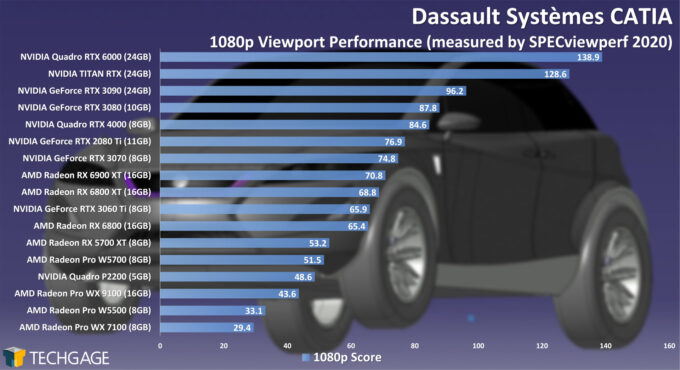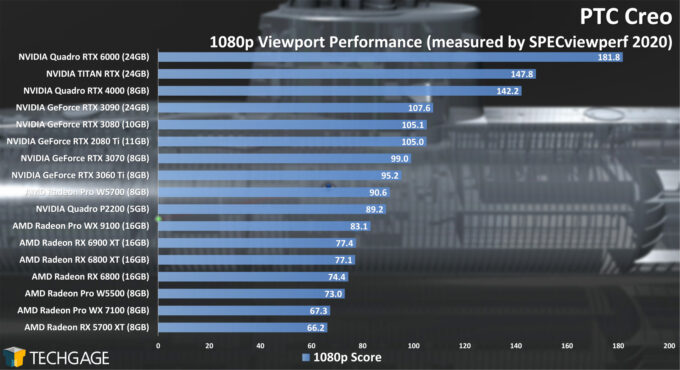The RTX 6000 ADA, not to be confused with the RTX A6000 is now available and it is the prettiest brick I have seen in a while.
https://videocardz.com/newz/nvidia-...-memory-is-now-available-price-starts-at-7350
https://www.pny.com/nvidia-rtx-6000-ada?iscommercial=true
https://videocardz.com/newz/nvidia-...-memory-is-now-available-price-starts-at-7350
https://www.pny.com/nvidia-rtx-6000-ada?iscommercial=true
![[H]ard|Forum](/styles/hardforum/xenforo/logo_dark.png)


